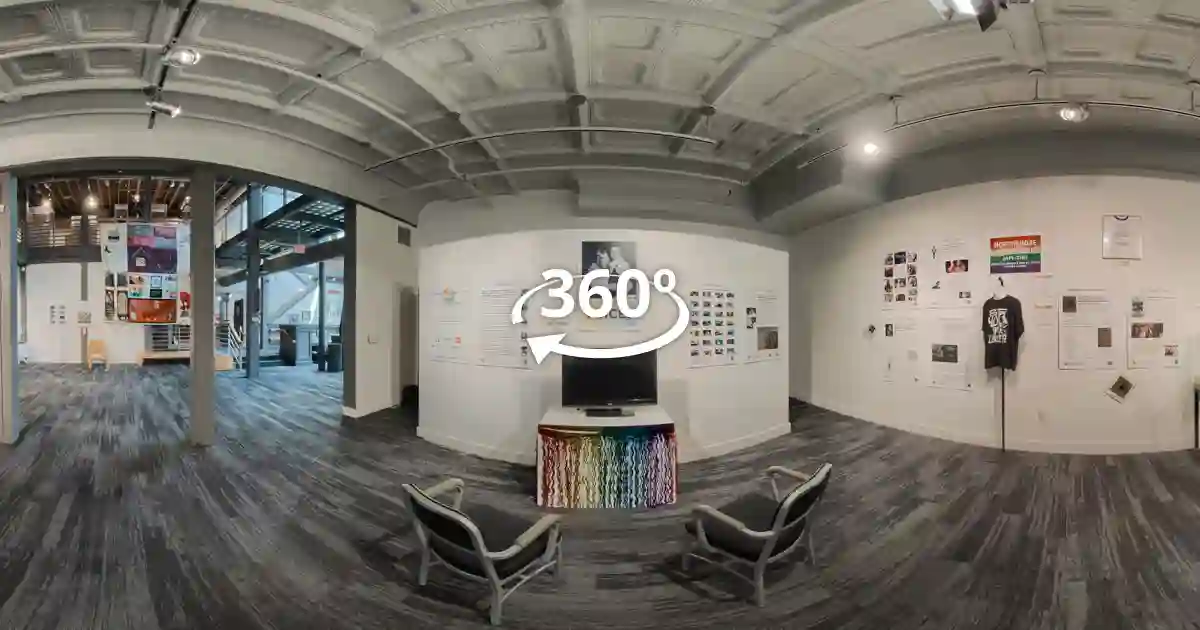Museums exist to preserve culture, inspire curiosity, and invite the public into a dialogue with history, art, and ideas. Yet in a digital-first world, fewer visitors discover museums solely by walking through the front doors. Audiences want to preview experiences, plan their visits, and share what excites them—all before they set foot on-site. This is where a museum virtual tour transforms the way cultural institutions connect with their communities and beyond.
A 360° museum tour is not just a marketing tool; it’s a modern extension of your mission. By curating your galleries online, integrating 3D models of artifacts, and offering AR objects that visitors can explore at home, you provide global access to collections, enrich education, and drive real-world visitation. It’s a way of saying: the museum belongs to everyone, everywhere, anytime.
Accessibility has become a cornerstone of cultural institutions. Schools, families, and tourists increasingly expect digital museum experiences to complement physical visits. An interactive museum tour allows teachers to bring students inside your galleries from the classroom.
Now imagine combining that with 3D artifact models that students can rotate, zoom, and explore in detail. Or augmented reality museum objects that can be projected right into a classroom or living room, letting audiences “hold” history in their hands.
This level of access doesn’t diminish in-person visits—it fuels them. Visitors who preview collections online and engage with virtual exhibits are more motivated to come experience them in person.

Museums operate with careful budgets, so every initiative has to prove its value. Virtual tours enhanced with 3D and AR features deliver measurable returns:
Museums investing in these digital tools report ROI not just in revenue, but in mission fulfillment—reaching more people, sparking curiosity, and enriching cultural dialogue.
Numbers matter because they validate what museums already know: deeper interaction leads to deeper connection.
Beyond marketing, virtual museum exhibits serve as preservation tools. Exhibits may be temporary, but their impact doesn’t have to be. Digitally capturing galleries with 360° tours, 3D models, and AR content creates an archival record, ensuring future generations can revisit and study them long after the walls have been reinstalled.
For museums balancing preservation with access, this dual function—archive and outreach—is a win-win.
Audiences are digital-first. Competition for attention is fierce. Museums that embrace virtual tours with AR and 3D models are not only staying relevant but becoming leaders in accessibility and innovation. Waiting means leaving engagement—and revenue—on the table.
A museum virtual tour with integrated 3D/AR features isn’t a luxury anymore; it’s an essential strategy for institutions looking to thrive in the next decade.
Your museum is more than a building. It’s a living, breathing collection of culture, stories, and ideas that deserve to be seen by as many people as possible. A virtual museum tour with AR and 3D models is your invitation to the world to step inside—anytime, anywhere.
Let’s bring your museum to life online, extend your mission beyond your walls, and inspire audiences to not just visit virtually, but to walk through your doors in person.
Hi! I'm Jay. I'm a small business owner with a large appetite for travel & technology. VR changed the way I looked at the world when I was able to share my travels to people across the globe through Virtual Tours. I'm here to connect people to businesses virtually, making it a more inclusive experience!